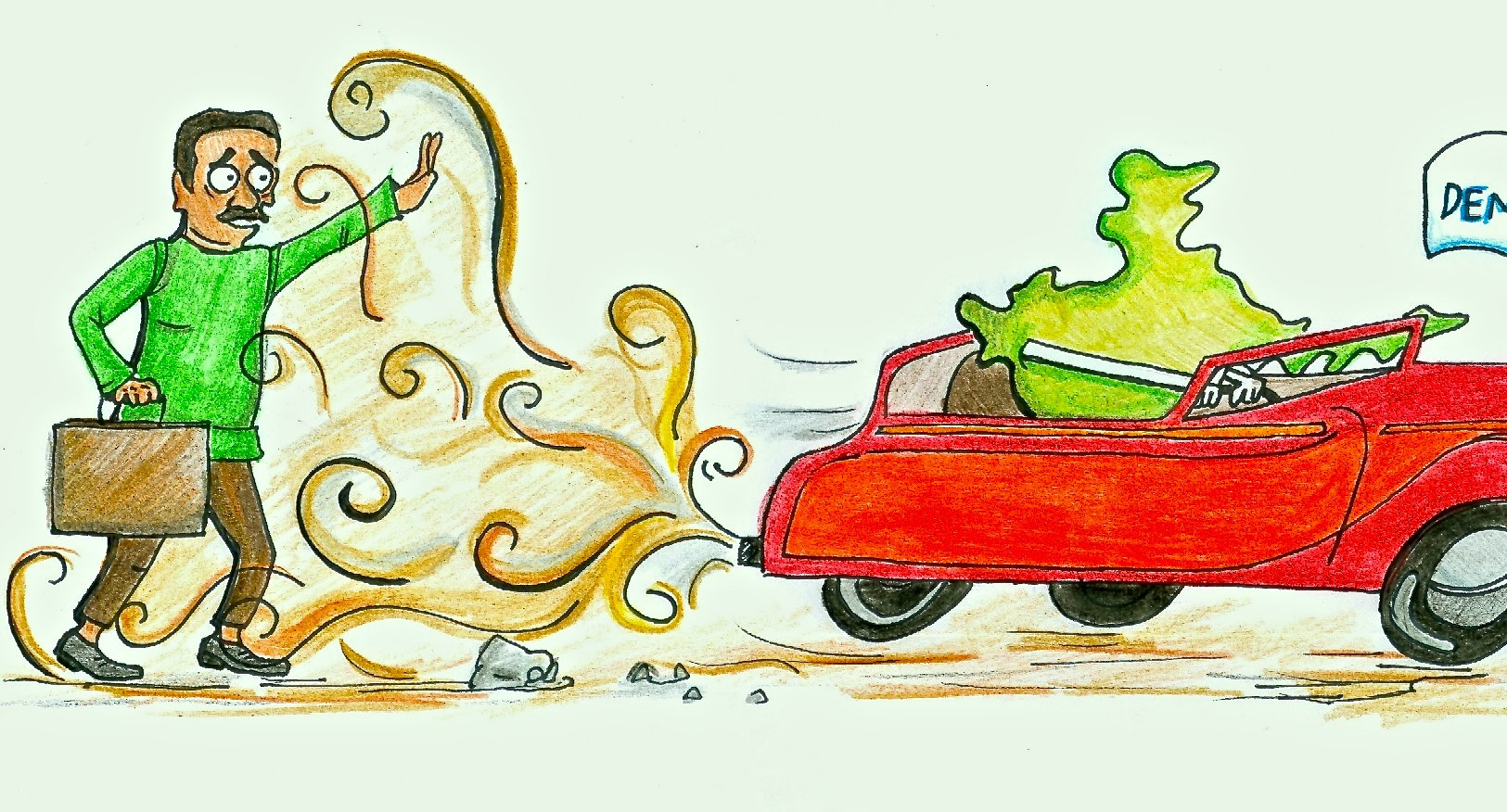In 2013, 400 million Indian citizens lived on less than $1.15 per day, while half did not have access to adequate sanitation. Despite being the world’s largest democracy, India now has one-third of the world’s poor, according to the World Bank. While controversial data says that poverty in the country has declined by a third in recent years, many Indians continue to see dismal standards of living. Although there is a network of organizations and nonprofits dedicated to alleviating mass poverty in India, its efforts have so far been insufficient to ensure basic quality of life standards for hundreds of millions of people. The issue is a structural one: The majority of India’s citizens are underrepresented in government policy, meaning a dearth of programs effectively designed to support them.
Democracy should engender redistributive pressures to help the poor and provide the platform for disadvantaged groups to organize and demand rights, yet India’s economic distribution is a far cry from equality. In fact, democracy in India has widened the income gap into a canyon, in part because organized politics has been utilized by an affluent minority rather than by — and for — the impoverished majority. Public choice theory offers a lens to examine the resulting disparities: small interest groups receive concentrated benefits, and the costs to the general public are diffuse, which decreases incentives to organize in protest. But it is also because India’s rural poor do not collectively make use of organized politics, whether due to electoral apathy or lack of access to the political process. Given their already disenfranchised status, rural constituents tend to vote according to ethnic politics, which center around identities of caste, religion and race. In India’s broken system, historical and cultural bonds are a more effective rallying cry than shared socioeconomic status. This has resulted in minimal recognition of the importance of economic policy. A 1996 survey revealed that only 19 percent of the electorate knew about economic reforms that had been in place for five years. In contrast, three-quarters of the electorate was aware of the 1992 Mosque demolition in Ayodha that was the culmination of years of tension between regional Muslim and Hindu communities. And indeed, political parties in India often lead campaigns on the platform of ethnic identity rather than economic policy. As leaders in many nations have found, it is simply easier to rouse emotions and garner support around historical symbols than around complex economic arguments.
In contrast, India’s affluent minority has both the time and resources to protect its economic interests, usually at the expense of the far poorer majority. In recent years, bureaucrats have pushed for a higher public sector salary and increased landowner subsidies for power and fertilizers, while in 2012, jewelers managed to pressure the government into withdrawing an excise duty for gold. The revenue that could have been accrued from the tax is enough to cover more than twice the cost of the 2011 National Food Security Bill, which aims to provide food subsidies for India’s struggling communities. Tellingly, this onerous tax exemption has quietly persisted while the National Food Security Bill, an essential program for many of India’s poor, is attacked as financially irresponsible.
Another critical factor influencing the electorate in economic policy is poor media coverage that fails to fully inform viewers about current policies. Rural issues receive only 2 percent of total news coverage. When figures stating that only half of India’s households had access to toilets were released in 2011 census, there was a brief spark of media concern, but even this did not last beyond a few days. Additionally, the Indian media directs little discussion to the implications of many policies; the costs of exempting diamond and gold imports from custom duties remain relatively unknown. This coverage distribution is owed to the media’s nature as an advertisement driven business; media content is targeted primarily at potential customers, namely the middle to upper class. There is little to no interest for the advertisement industry to reach out to the rural poor, because of their limited ability to purchase goods and services. Combined with the lack of national communications infrastructure, this leaves India’s poor without a reliable source of political information. If the rural electorate knew about the gravity of special-interest issues, they would be more likely to oppose policies at the polling booths that favored powerful minorities at the expense of general interest.
Despite these severe barriers, one could argue that Indian democracy is moving in the right direction. The poor are increasingly regarded as a voting bloc, and there are signs that their interests are slowly being taken into account. New recognition of the right to employment and increased access to education across the country attests to a growing political climate that recognizes the rights of the lower classes – and their potential as a powerful constituency. This is evidenced by the Right to Education Act, which was passed in 2009. Similarly, the National Rural Employment Guarantee Act of 2005 provides at least 100 days of guaranteed wage employment for adults who volunteer to do unskilled manual work. Parts of India have even yielded significant results in poverty reduction owing to democratic pressures: The rural state of Madhya Pradesh has seen poverty rates decrease from 53 percent to 36 percent over the past decade, while rates in the urban area of Tamil Nadu have declined to a mere 6.2 percent. In these states, organized public pressure has enabled lower castes to fight for their share, resulting in increased public services.
While in some areas poverty rates are declining, in general they still remain unacceptably high. Some gains have been made in the policy sphere, but democracy remains an obstacle to economic redistribution. Though India’s democracy is generating economic inequality now, hope remains for the possibility of education and awareness to help underrepresented Indian communities successfully organize to make class-based, rather than ethnic-oriented, demands. The solution is not to abandon democracy, but to improve it.
Art by Soraya Ferdman.
